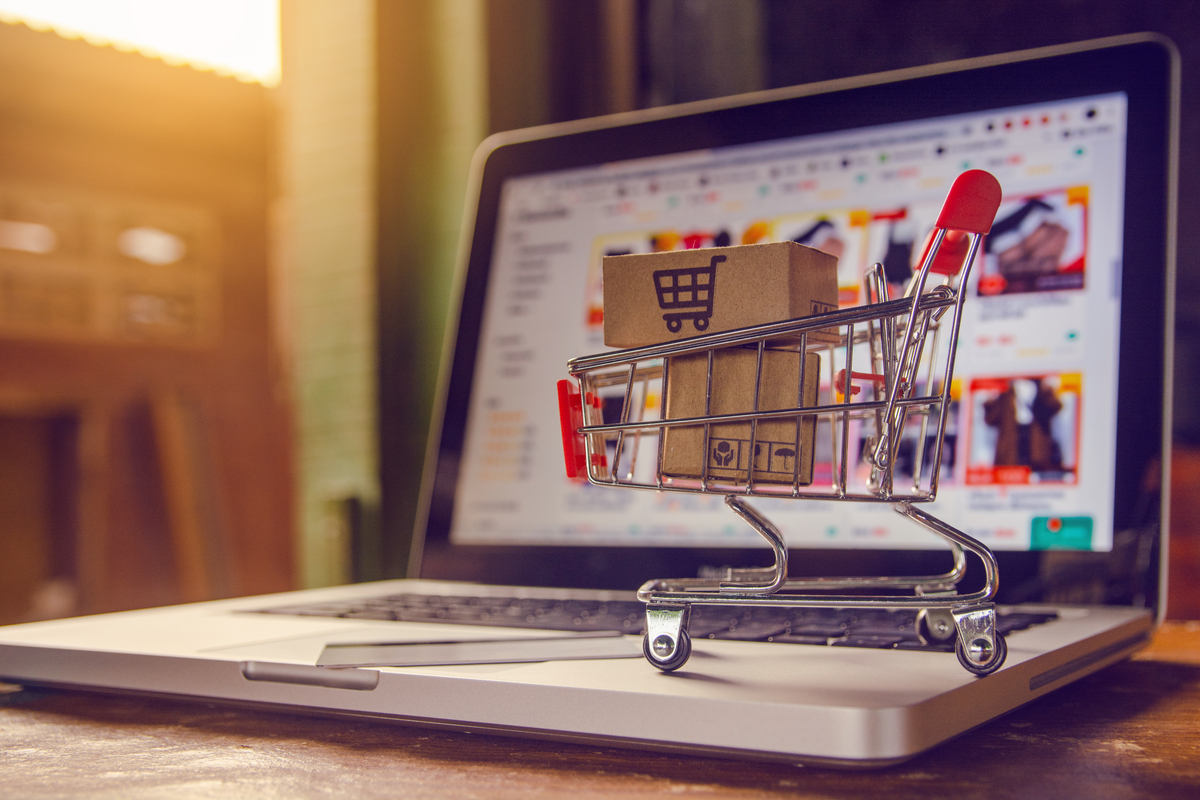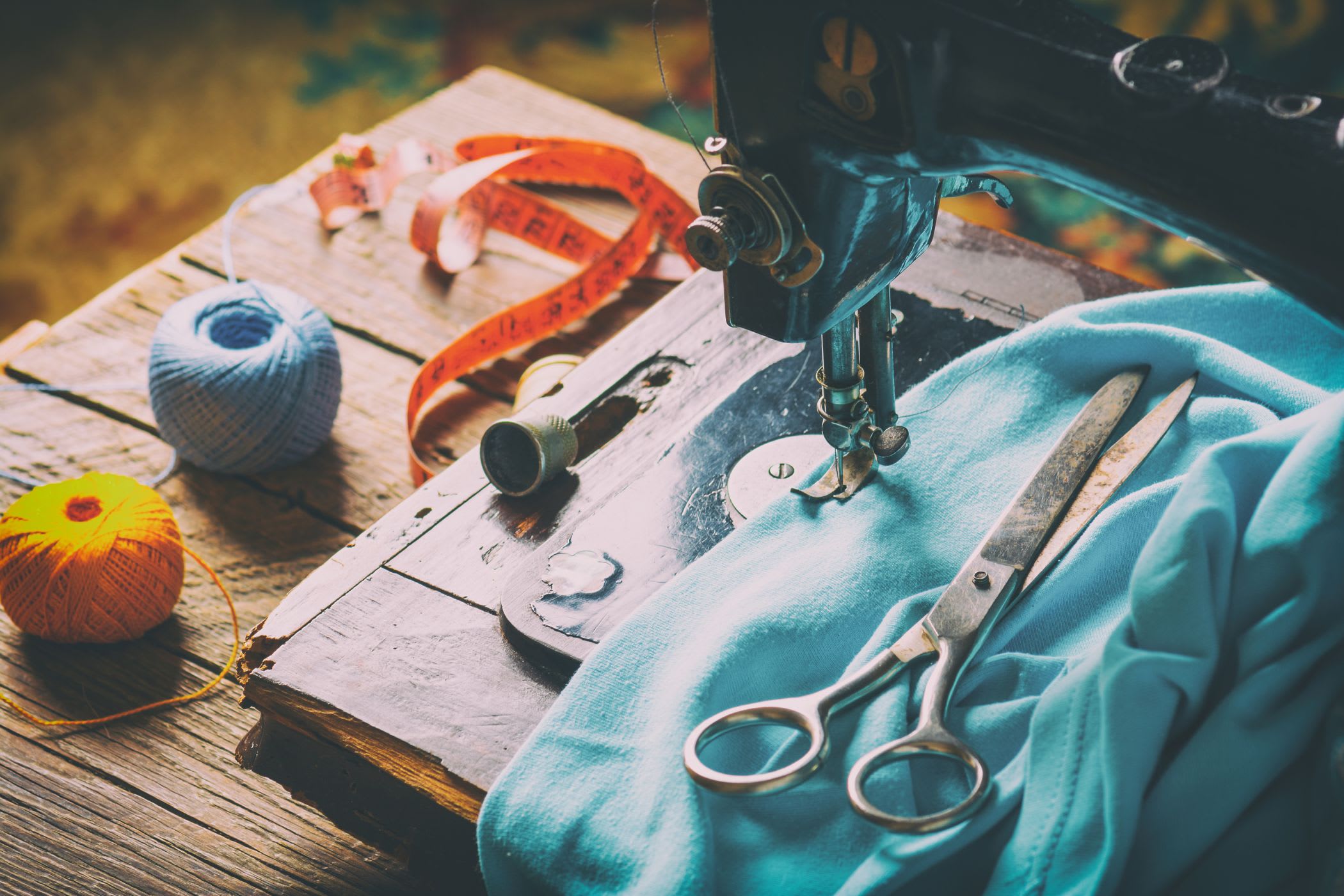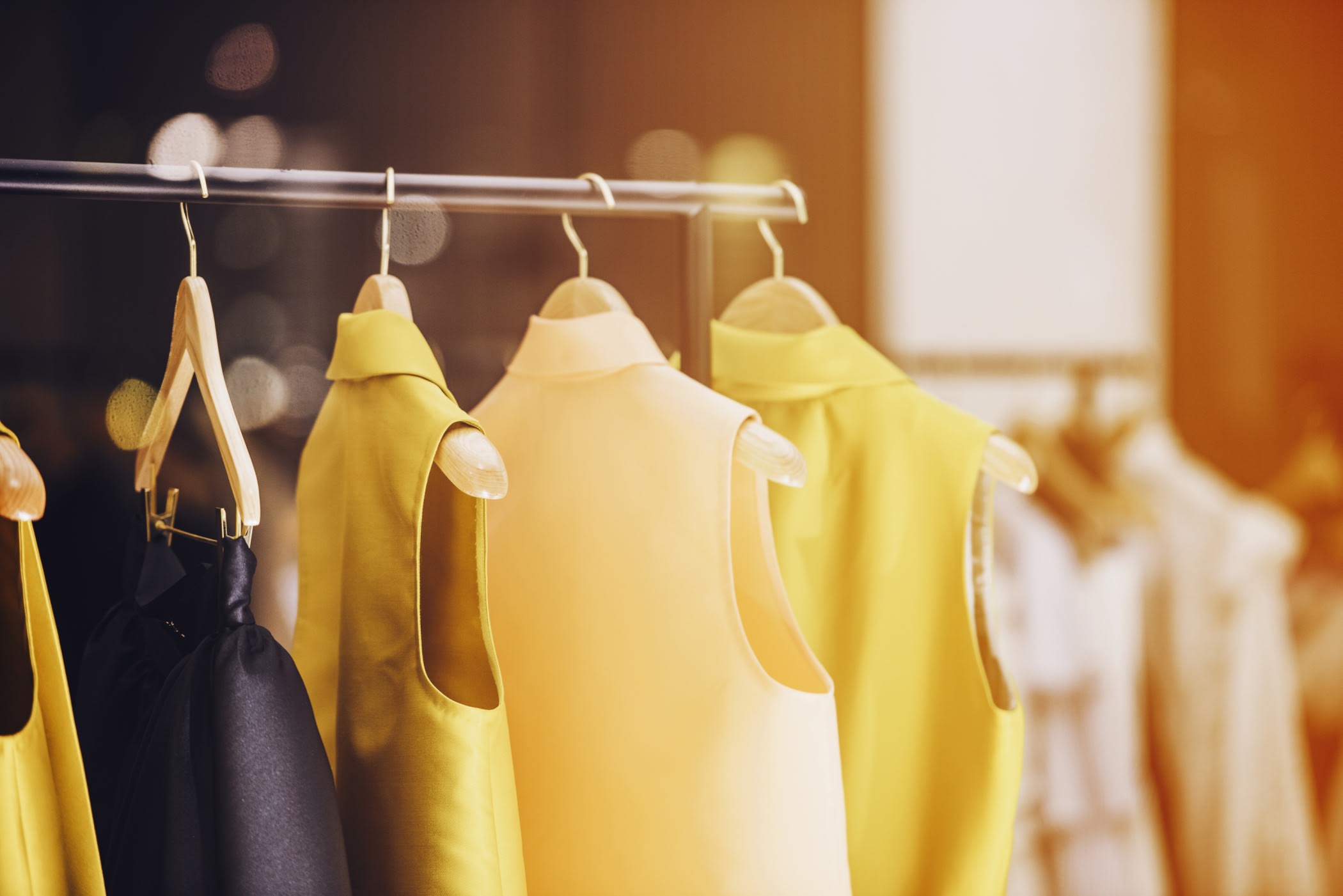Fashion Distributors: What You Need to Know if You're Dealing with Them



One of the challenges faced by many upcoming designers is that reliable fashion distributors are hard to find. A fashion business is incomplete without the support system provided by the Retailer Supplier relationship. The bond between a retailer and a supplier is delicate. But, if maintained correctly, this bond can strengthen into a very profitable partnership. This collaboration has improved a lot over the years, leading to better customer satisfaction and retention. Still, for new fashion suppliers, finding the correct retailer/fashion distributor and forging the Retailer Supplier partnership can be tricky.
Benefits of opting for the retailer over an agent
When deciding to become a supplier, a fashion designer can either turn to an agent or opt for a retailer. The former is responsible for getting orders for the supplier, and the onus of delivery and spreading the network further lies on the supplier. On the other hand, the retailer is responsible for showcasing the collection provided by the supplier and ensuring profits for both. Thus, the stress on a proper Retailer Supplier partnership is crucial in the fashion industry.
Forging a better retailer supplier relationship

While the importance of a healthy Retailer Supplier relationship cannot be stressed enough, the two ends of the fashion supply chain are often in disagreement regarding the products or the pricing. And this problem is not something that only new suppliers face. Seasoned designers and suppliers also find their orders canceled by their retailers to increase the profit percentage. One has to diffuse this situation in the right way, and here are some tips for the same:
1. Understand the product
When a fashion designer decides to become a supplier and deal with retailers directly, the need to understand and speak in terms of marketing and business. This can be possible only when they showcase their products as marketable and profitable. One of the main divides that come in the Retailer Supplier relationship is the inability of the supplier to sell their products to the retailer.
The best way to overcome this issue is to treat the retailer or fashion distributor as another customer. In fact, the retailers will ask difficult questions to understand the garment's USP (unique selling price) and why they should highlight that product over the other existing brands. Since sustainable fashion is the trend and need of the century, retailers often look for reliable, naturally sourced material clothing from suppliers. Catering to this, suppliers can design their products to attract retailers.
2. Negotiate the pricing
Another crux of the Retailer Supplier relationship is the pricing of the product. Both parties want to maximize the profit, and retailers often ask for heavy discounts, especially if the supplier is a new face in the fashion industry. One way to ensure profits to both parties would be to throw in some data and statistics. A supplier who does their homework and comes well-prepared is a delight to retailers. Yes, they will ask difficult questions, but only to understand what went into the product and how to advertise it to the customers. In this relation, the retailer should highlight the discounts they offer during festive seasons to their customers if they want the same discount from a supplier. Also, it will be beneficial for a supplier to highlight existing Retailer Supplier relationships with any new retailer or fashion distributor. Having a proper and extensive portfolio is helpful, but, in the case of a new supplier, they can offer lesser prices or agree to part payments so that the retailer can market the product effectively.
3. Clarity about returns
One of the nightmares faced by every supplier and retailer is returns. A customer might take a liking to a particular ethnic set and purchase it. Once home, they might find that the set is no longer flattering or if they have bought it as a gift, the receiver has not liked it. The returns are either refunded or replaced. In either case, the supplier stands to lose more.
Here, the retailer can assure suppliers that they will try their best to reduce the returns. In return, it is the supplier's responsibility to ensure that defective products are not reaching the retailing outlets. Another factor that can strengthen the Retailer Supplier relationship is that the retailer permits the supplier to speak to the salespeople and tell them how to double-check for defective products.
4. Connect with the salesperson
The Retailer Supplier relationship is also based on how the salespeople and the retailer deal with products and customers. Doing a thorough check of the potential retailing outlets and the behavior of the salespeople is a must. Customers do not want to shop at places where the service is poor, and they face rude behavior.
Lack of proper staffing also affects many brands in a negative manner. Suppose a customer is looking for a black crepe shirt, and the brand they usually shop from has run out of stock. In that case, it is the responsibility of the salespeople to direct the customer towards a new yet comfortable brand. Also, as mentioned above, salespeople can help retailers and suppliers reduce returns when they do a quality check and promote the correct brand to the right people.
5. Knowledge about the target marketing group
A successful supplier knows what they want. And this knowledge stems from knowing what group of people they will cater to. There are all types of fashion needs, and a good Retailer Supplier relationship thrives when both sides know which group will come to their product and store to find what they need. For example, Anita Dongre’s Global Desi that can be seen in leading retail stores caters to the boho-chic mindset with tribal prints and pop colors. Women falling in the young adult category connect with the designs, and since Anita Dongre uses a biodegradable fabric, people’s sense of contribution to the environment is also satiated. The pricing of Global Desi is also reasonable and within the middle-class family. Another scion of Anita Dongre, aka AND, caters exclusively to the mature demography and offers proper ethnic wear at a higher price range.
Conducting surveys and knowing the areas of the potential retail stores aids a supplier and designer in understanding the customers' mentality. This also plays a vital role in reducing returns. A retailer catering to a predominantly college student crowd will look for casual and fusion wear over heavy ethnic wear. Any supplier looking for a retailer for their ethnic wear will not profit from the above-mentioned retailer.
6. Understand the retailer/fashion distributor

At the end of the day, both the retailer and the supplier are incomplete without each other. For a successful Retailer Supplier relationship, the supplier has to understand the retailer's needs and take into consideration their inputs regarding the product. A supplier who cannot provide a detailed marketing plan and cater to the themes and requirements of the retailer will not be considered in the first place by the said retailer. Areas predominantly occupied by certain ethnic people and have their festivals will look for a retailer who can supply them the same. The retailer, too, will seek such suppliers with reasonable pricing. The onus lies on both sides to explain their story and seek out a standard solution.
7. Marketing and story
A supplier should focus on the story to establish their brand. This story can be used as a pitch when meeting with investors or retailers. The responsibility of marketing falls upon the retailers. Ideally, fashion distributors and retailers working with multiple suppliers and designers ask for a percentage for the marketing campaign. This benefits the retailer more than the suppliers. Asking for a detailed report of the same and doing a few queries about the charges media companies can help a supplier decide to go with the retailer’s wish or place the advertisement themselves. Honesty forms the base of a Retailer Supplier relationship. Suppliers cannot provide accurate products when a retailer is not transparent enough about the pricing and how much they are willing to invest in the fashion line or what their customer demographics are. This will lead to losses for both.
Wrapping Up
The Retailer Supplier relationship creates a ripple effect in the fashion industry’s supply chain system. If the retailer and supplier do not understand each other and cater to the needs adequately, the customers will not be satisfied, resulting in losses for both parties. On the other hand, if the supplier and the retailer are providing proper and supply and inventory needs along with a few free items on purchase, the customer base stays loyal and grows exponentially.
Aiding suppliers and designers in their journey is Fashinza with their economically available resources and aids. Contact Fashinza to know more about the help they offer.



















